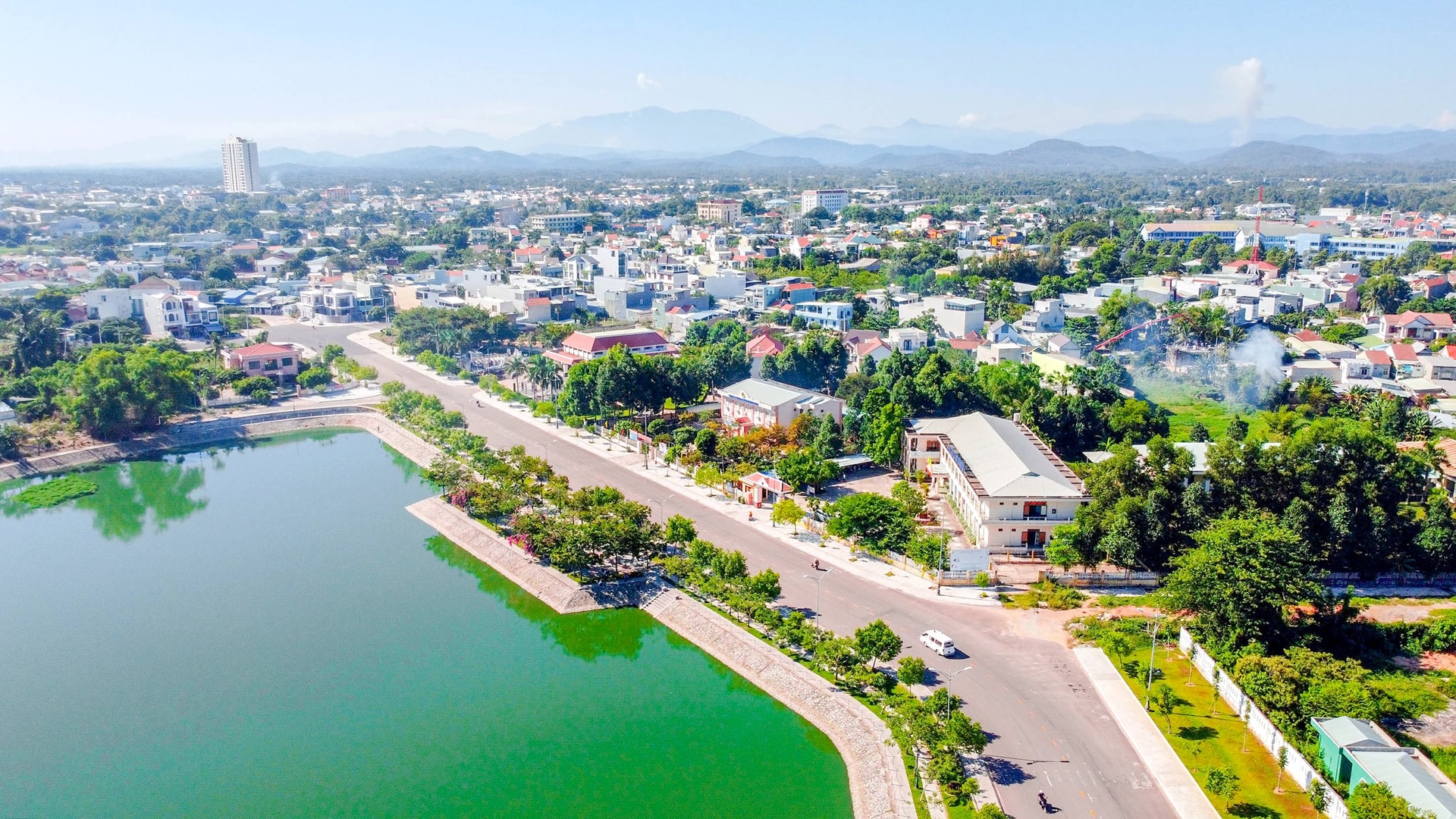
It is easy to see that Da Nang has a golden opportunity to promote the master planning process, expand development space, optimize resources and build a smarter, more sustainable urban model.
However, to turn opportunities into reality, it is necessary to clearly identify major challenges and have timely and effective response strategies.
New opportunity, new mission, new destiny
The expansion of geographical space, population and resources after the merger opens up many strategic opportunities for the new Da Nang, which can be generalized into four major groups of issues.
First of all, the opportunity to create a large-scale, modern and integrated regional urban model. With an area of 11,867.18 km2² and more than 3 million people, Da Nang has become one of the largest cities in the country.
The connection between central urban areas, coastal areas, mountainous areas and industrial zones will create a multi-center urban - industrial - agricultural - tourism ecosystem, forming a new growth pole for the region.
Along with that is the opportunity for economic breakthrough and synchronous infrastructure development. The combination will help the system of industrial parks and industrial clusters have more motivation to restructure the economy towards high added value, promoting high-tech industry, logistics, trade and services.
At the same time, the new space creates conditions to promote regional transportation, logistics and smart urban projects.
Along with economic development, improving the quality of life and expanding social security policies are also a focus.
Integrating the city model of "5 no, 3 yes, 4 safe" with health, education, and poverty reduction programs in the old Quang Nam area will create a widespread development, improve the quality of life, and ensure that no one is left behind.
This is also an opportunity to reshape public services towards efficiency, transparency and friendliness.
Finally, innovation in governance models and enhancement of regional status are urgent requirements.
Accordingly, the merger is a golden time to screen, train and rearrange the staff in a streamlined, efficient and creative manner; promoting comprehensive digital transformation in management, economy and society.
At the same time, Da Nang has the potential to become the center of the Central region and an international gateway, connecting the East-West Economic Corridor, the Central Highlands and ASEAN markets.
Challenges to overcome
To realize its development aspirations, Da Nang must face many major challenges.
First of all, there are initial difficulties in organizing the apparatus and operating according to the two-level government model.
The merger of two political-administrative systems with different characteristics, traditions and levels of development will entail a series of problems regarding organizational structure, resource allocation, management decentralization and coordination mechanisms between administrative units.
The city will also have many difficulties in determining economic development strategies and creating new breakthroughs.
The difference in development level between the central urban area (old Da Nang) and the rural, mountainous and coastal areas (old Quang Nam) requires a flexible economic development strategy with focus and key points, avoiding spreading out.
In particular, the growth problem must go hand in hand with improving productivity, quality and renewing the growth model based on science, technology and innovation.
Besides, expanding the territory means expanding the coverage of social security policy.
The city needs to maintain and upgrade the criteria of the “5 no, 3 yes, 4 safe” model, while implementing specific solutions to ensure that no one is left behind, especially vulnerable groups and remote areas.
Planning and developing smart and sustainable cities is an urgent requirement in the current urban development process.
In particular, the integration of old and new planning is a big challenge, requiring systematic planning thinking, long-term vision, and the application of modern technology in building green and smart cities that are resilient to climate change, rising sea levels, and other natural disaster risks.
In terms of culture and society, the requirement to build a new urban identity is becoming a central task in the process of city development.
The blending of two cultural spaces requires sophistication in planning for cultural, educational, artistic development... to form a new urban identity that is rich in courage, profound, and has regional - national - international connectivity.
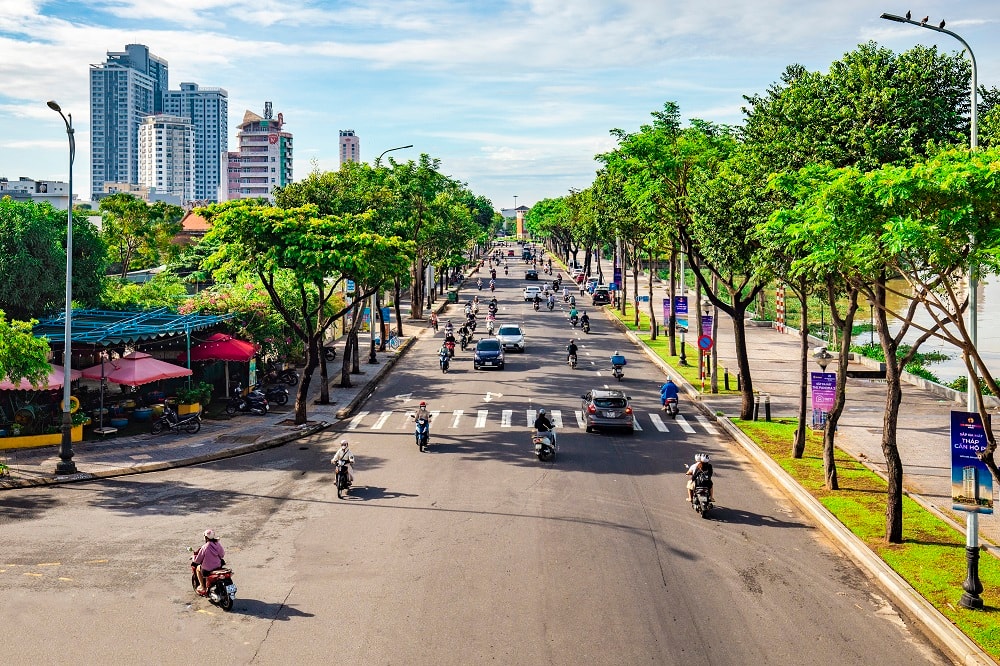
Implementing development policy
After the merger, operating an administrative unit with a much larger scale in terms of space, population and development functions requires urgent, fundamental, and strategic solutions.
The solution for the new Da Nang does not stop at adjusting administrative techniques, but needs to be a comprehensive vision to guide the urban-regional development model suitable for the new context.
Regarding institutions and organizational structure, the urgent thing is to propose that the Central Government consider issuing or maintaining specific mechanisms and policies for the new Da Nang city.
Will launching resolutions such as Resolution No. 43-NQ/TW, Resolution No. 119/2020/QH14, Resolution No. 36/2024/QH15, etc. be continued, "extended" or expanded to apply to new spaces?
This is a necessary condition for the city to operate flexibly, attract investment and promote endogenous potentials.
At the same time, it is necessary to quickly build and perfect a two-level government model in a streamlined and effective direction.
Regarding planning and infrastructure, a strategic step is to build a master plan for the new Da Nang on the basis of digital maps and large, multi-sectoral, inter-regional integrated databases.
Planning needs to be in the direction of a multi-center ecosystem, integrating urban, industrial, tourism, agriculture and forest - sea - river - mountain.
Prioritize the development of economic corridors, strategic transport spaces, logistics, digital infrastructure, and smart infrastructure connecting within the province and inter-regions.
Along with the above solutions, the city needs to promote the restructuring of economic sectors towards innovation and high added value; create breakthroughs in high-tech industry, organic agriculture, and high-quality tourism services.
At the same time, ensure harmonious development between economy and society - culture - environment.
To further improve the quality of governance and regional position, the city needs to promote administrative reform, apply digital transformation in public administration, public services and urban management. Build digital government - digital citizens - digital economy - digital society.
Enhance international integration and regional connectivity capacity, promote public-private cooperation, enhance the role of the economic - cultural - educational - scientific and technological center of the Central region.
On the eve of the City Party Congress for the 2025-2030 term, the issue is not only to merge the apparatus, to "merge" two localities in a mechanical way, but even more so, to form a new Document, a new Resolution.
This document is like a new blueprint, a new structure, a new mission to create a new future - where the new Da Nang will become an economic - cultural - scientific and technological center worthy of the country and region, and at the same time a model city in terms of quality of life, sustainable development and modern civilization.
Source: https://baodanang.vn/tu-duy-va-hanh-dong-de-kien-tao-da-nang-moi-3298516.html


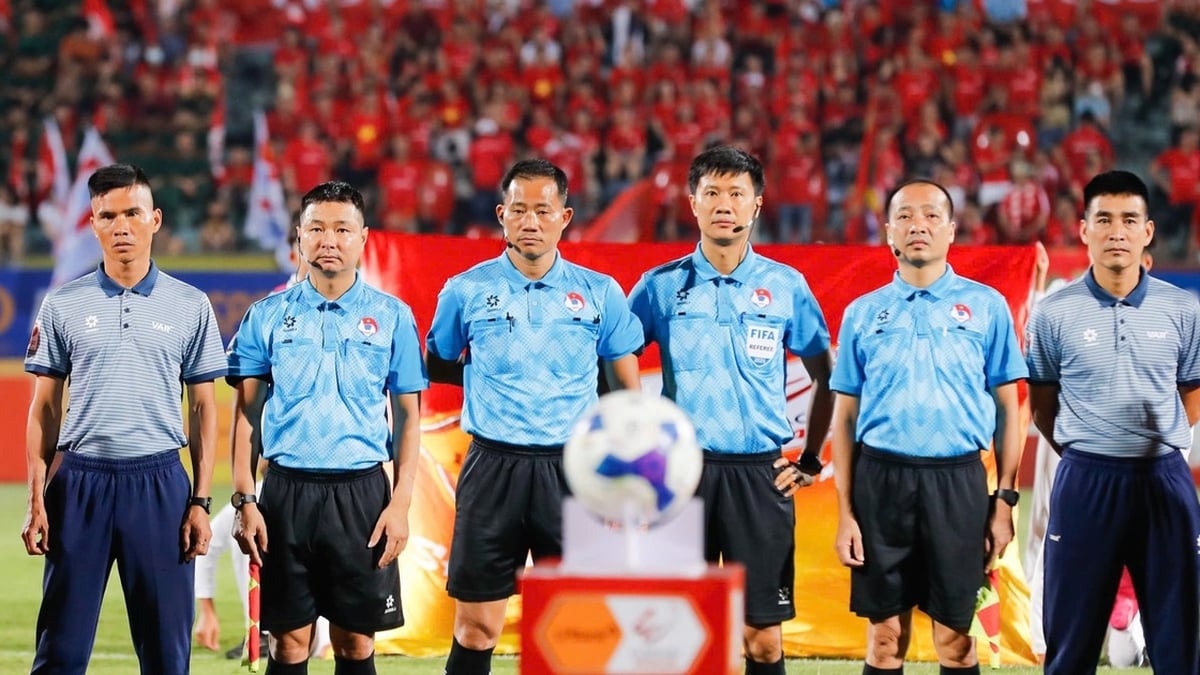

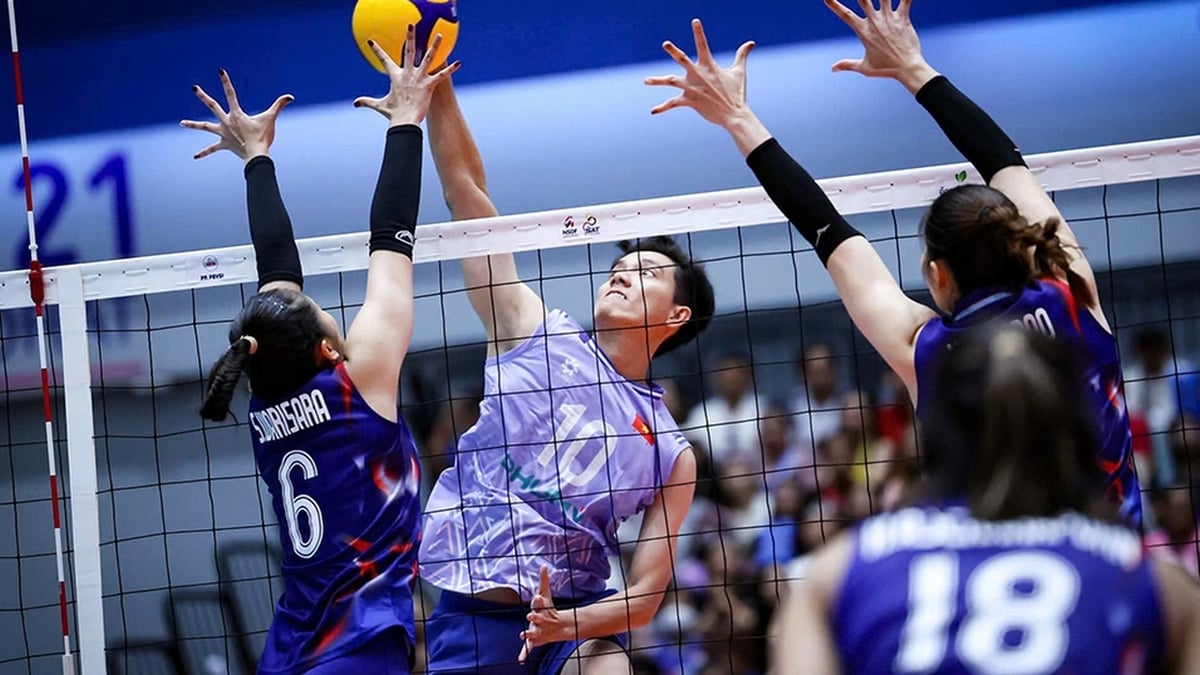
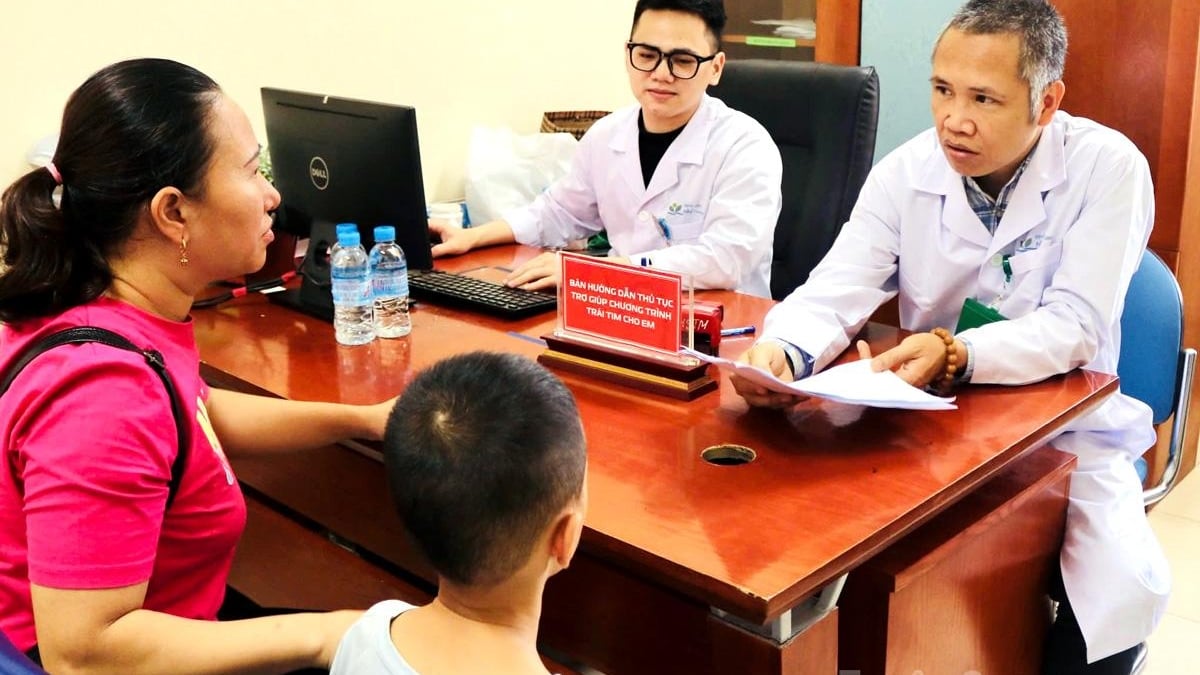



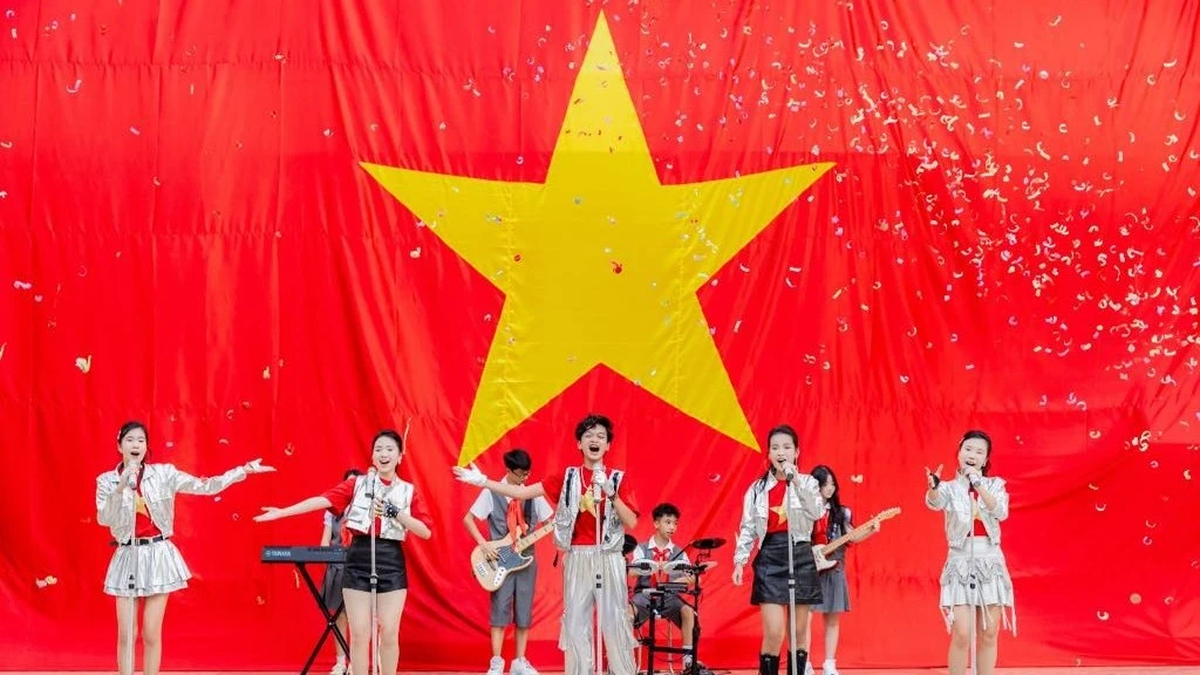
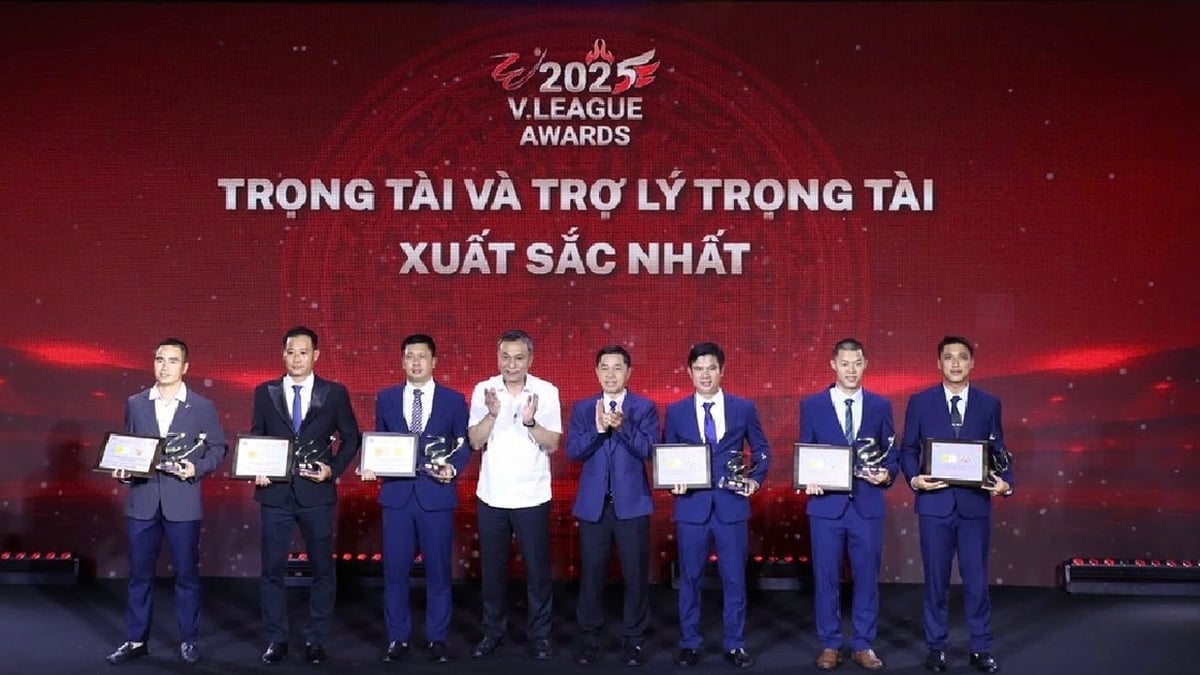
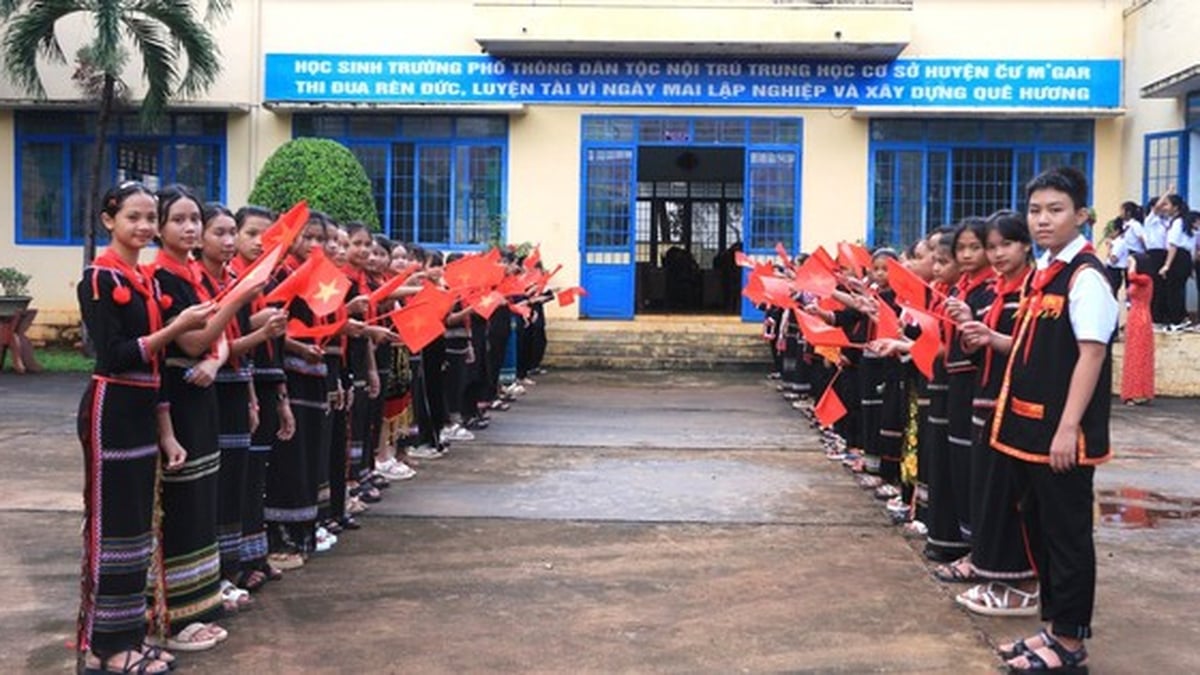













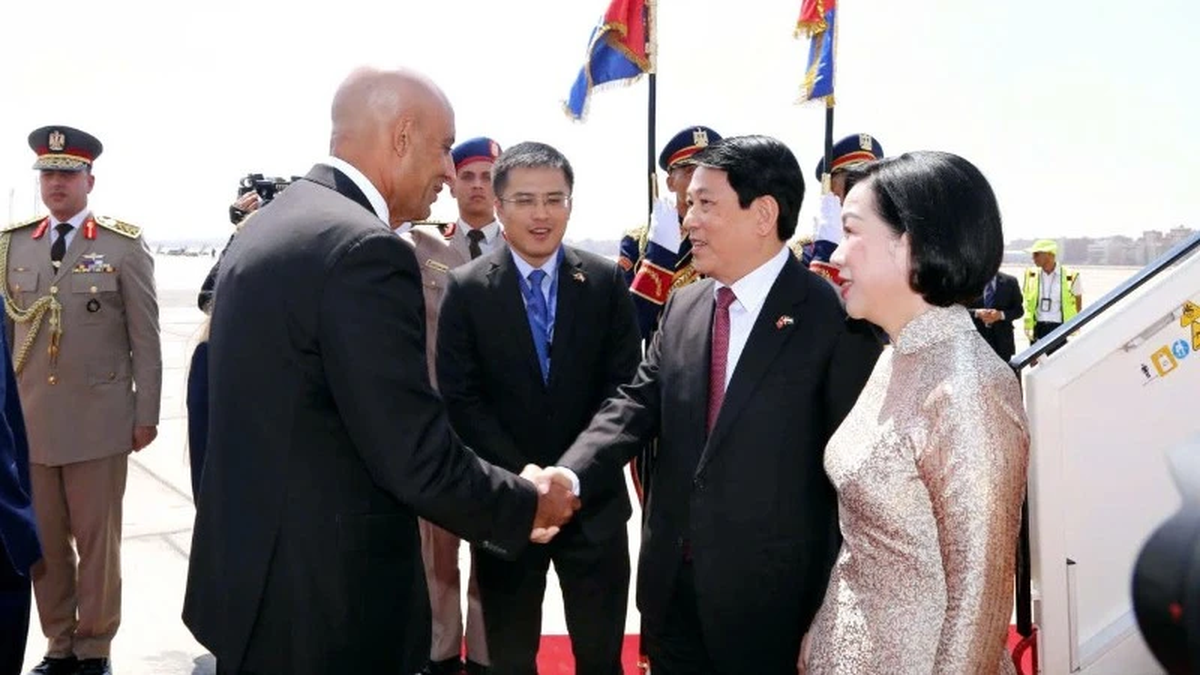










































































Comment (0)